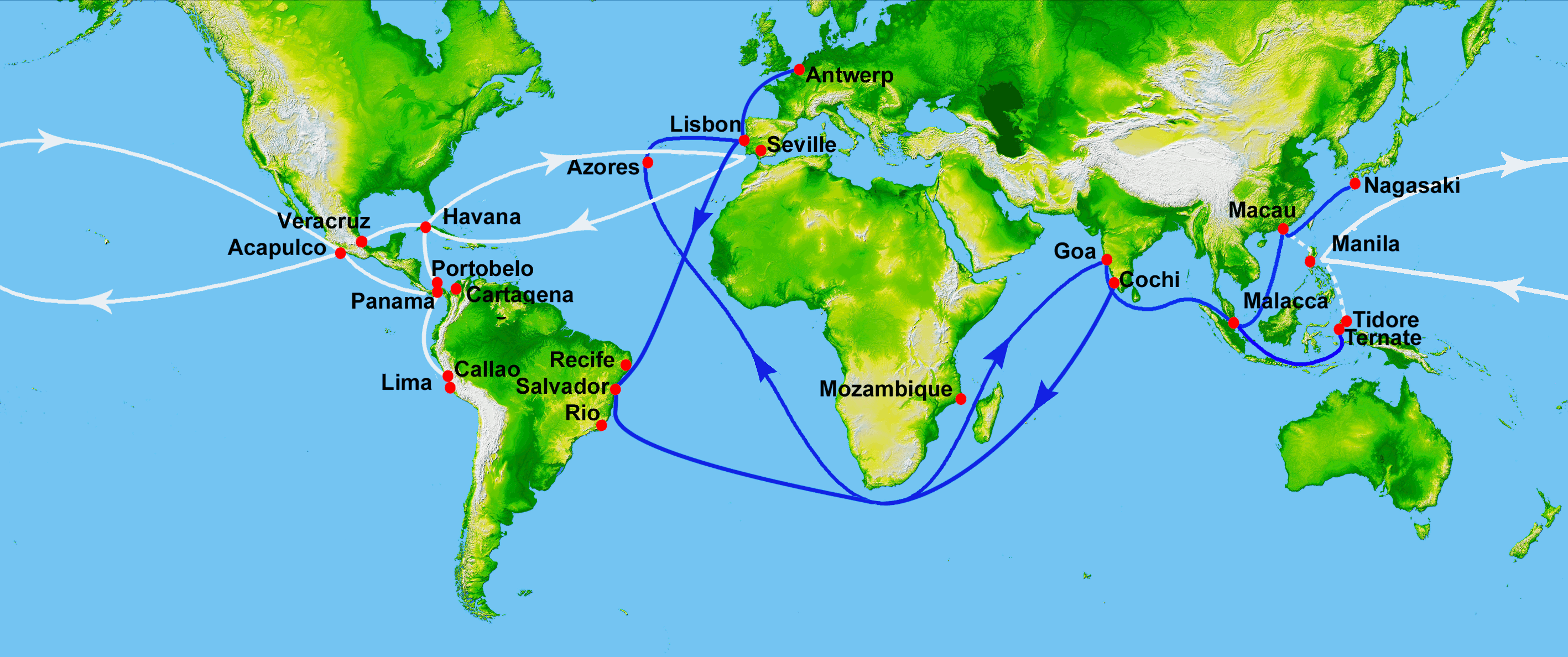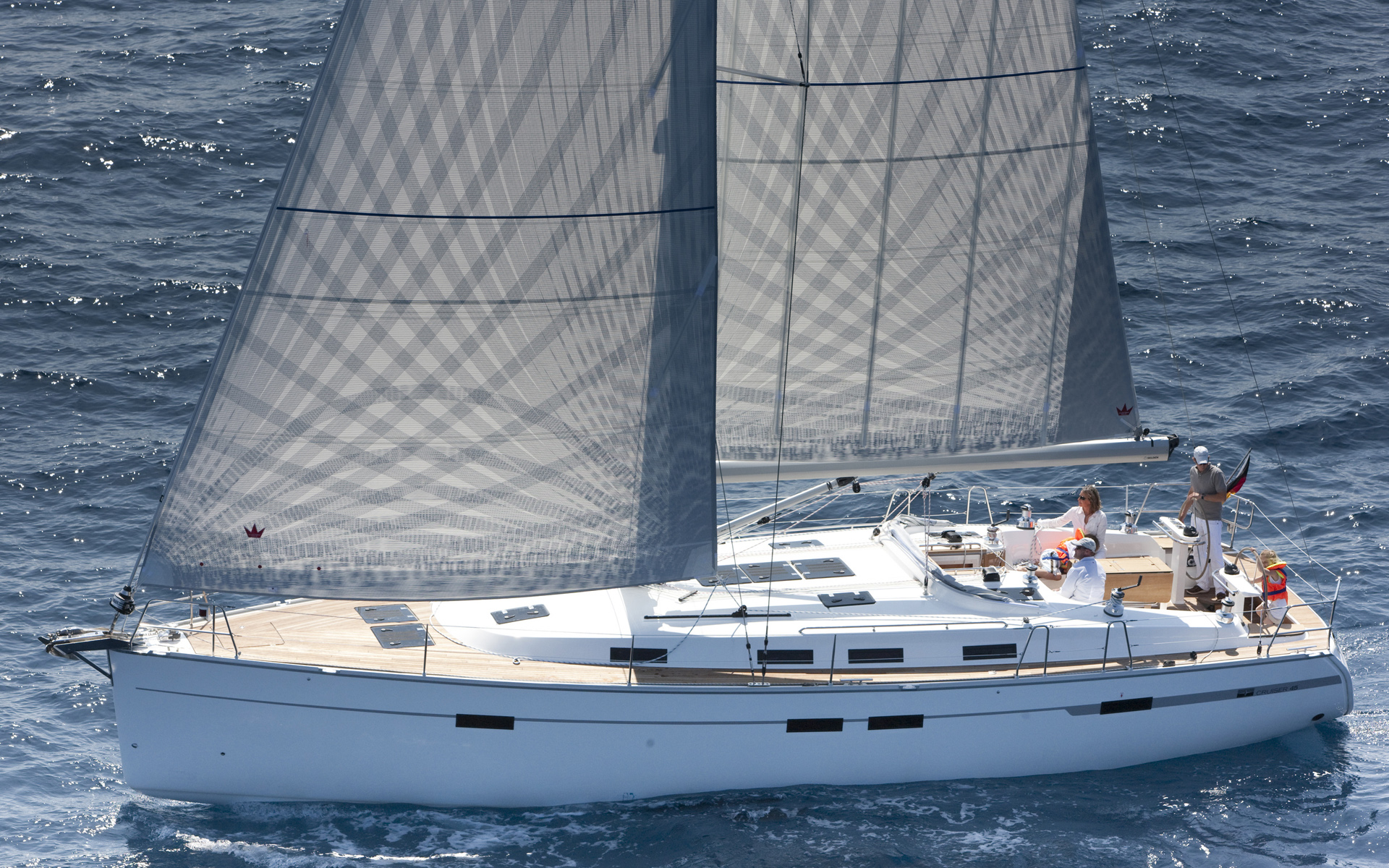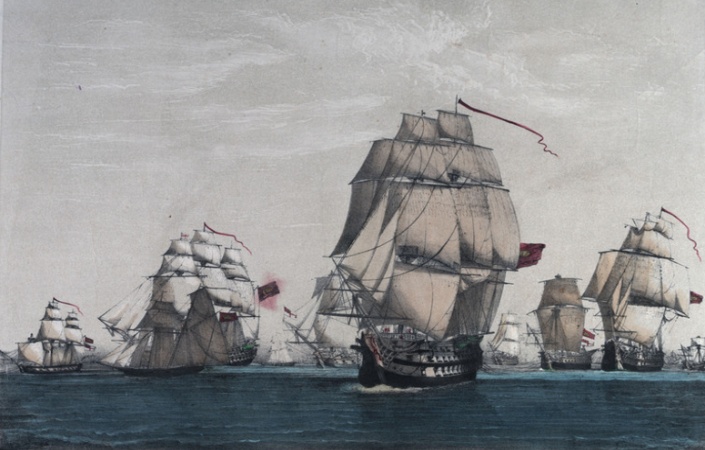|
Battle Of Santa Cruz De Tenerife (1797)
The Battle of Santa Cruz de Tenerife was an amphibious assault by the Royal Navy on the Spanish port city of Santa Cruz de Tenerife in the Canary Islands. Launched by Rear-Admiral Horatio Nelson on 22 July 1797, the assault was defeated, and on 25 July the remains of the landing party withdrew under a truce, having lost several hundred men. Nelson himself had been wounded in the arm, which was subsequently partially amputated: a stigma that he carried to his grave as a constant reminder of his failure. Background: Cape St. Vincent and Cádiz In February the British defeated a Spanish fleet near Cape St. Vincent but failed to strike a solid blow against the Spanish Navy in the uneven struggle. Admiral John Jervis sailed for Lisbon after the engagement, frustrated at the escape of several valuable prizes including the '' Santísima Trinidad''. New orders from the Admiralty demanded that he subdue and blockade the Spanish port of Cádiz, where much of the battered Spanish ... [...More Info...] [...Related Items...] OR: [Wikipedia] [Google] [Baidu] |
War Of The First Coalition
The War of the First Coalition (french: Guerre de la Première Coalition) was a set of wars that several European powers fought between 1792 and 1797 initially against the constitutional Kingdom of France and then the French Republic that succeeded it. They were only loosely allied and fought without much apparent coordination or agreement; each power had its eye on a different part of France it wanted to appropriate after a French defeat, which never occurred. Noah Shusterman – ''De Franse Revolutie (The French Revolution).'' Veen Media, Amsterdam, 2015. (Translation of: ''The French Revolution. Faith, Desire, and Politics.'' Routledge, London/New York, 2014.) Chapter 7 (p. 271–312) : The federalist revolts, the Vendée and the beginning of the Terror (summer–fall 1793). Relations between the French revolutionaries and neighbouring monarchies had deteriorated following the Declaration of Pillnitz in August 1791. Eight months later, following a vote of the revolutionary- ... [...More Info...] [...Related Items...] OR: [Wikipedia] [Google] [Baidu] |
Blockade
A blockade is the act of actively preventing a country or region from receiving or sending out food, supplies, weapons, or communications, and sometimes people, by military force. A blockade differs from an embargo or sanction, which are legal barriers to trade rather than physical barriers. It is also distinct from a siege in that a blockade is usually directed at an entire country or region, rather than a fortress or city and the objective may not always be to conquer the area. While most blockades historically took place at sea, blockades are also used on land to prevent entrance of an area. For example, Armenia is a landlocked country that Turkey and Azerbaijan blockade. Thus, Armenia cannot conduct international trade through those countries, and mainly trades through Georgia. This restricts the country's economic development. A blockading power can seek to cut off all maritime transport from and to the blockaded country; although stopping all land transp ... [...More Info...] [...Related Items...] OR: [Wikipedia] [Google] [Baidu] |
Americas
The Americas, which are sometimes collectively called America, are a landmass comprising the totality of North and South America. The Americas make up most of the land in Earth's Western Hemisphere and comprise the New World. Along with their associated islands, the Americas cover 8% of Earth's total surface area and 28.4% of its land area. The topography is dominated by the American Cordillera, a long chain of mountains that runs the length of the west coast. The flatter eastern side of the Americas is dominated by large river basins, such as the Amazon, St. Lawrence River– Great Lakes basin, Mississippi, and La Plata. Since the Americas extend from north to south, the climate and ecology vary widely, from the arctic tundra of Northern Canada, Greenland, and Alaska, to the tropical rain forests in Central America and South America. Humans first settled the Americas from Asia between 42,000 and 17,000 years ago. A second migration of Na-Dene speakers followe ... [...More Info...] [...Related Items...] OR: [Wikipedia] [Google] [Baidu] |
Spanish Treasure Fleet
The Spanish treasure fleet, or West Indies Fleet ( es, Flota de Indias, also called silver fleet or plate fleet; from the es, label=Spanish, plata meaning "silver"), was a convoy system of sea routes organized by the Spanish Empire from 1566 to 1790, which linked Spain with its territories in the Americas across the Atlantic. The convoys were general purpose cargo fleets used for transporting a wide variety of items, including agricultural goods, lumber, various metal resources such as silver and gold, gems, pearls, spices, sugar, tobacco, silk, and other exotic goods from the overseas territories of the Spanish Empire to the Spanish mainland. Spanish goods such as oil, wine, textiles, books and tools were transported in the opposite direction. The West Indies fleet was the first permanent transatlantic trade route in history. Similarly, the related Manila galleon trade was the first permanent trade route across the Pacific. The Spanish West and East Indies fleets are con ... [...More Info...] [...Related Items...] OR: [Wikipedia] [Google] [Baidu] |
Mutiny
Mutiny is a revolt among a group of people (typically of a military, of a crew or of a crew of Piracy, pirates) to oppose, change, or overthrow an organization to which they were previously loyal. The term is commonly used for a rebellion among members of the military against an internal force, but it can also sometimes mean any type of rebellion against any force. Mutiny does not necessarily need to refer to a military force and can describe a political, economic, or power structure in which there is a Revolution, change of power. During the Age of Discovery, mutiny particularly meant open rebellion against a ship's Captain (nautical), captain. This occurred, for example, during Ferdinand Magellan's journeys around the world, resulting in the killing of one mutineer, the Capital punishment, execution of another, and the marooning of others; on Henry Hudson's ''Discovery'', resulting in Hudson and others being set adrift in a boat; and the notorious mutiny on the Bounty, mutiny ... [...More Info...] [...Related Items...] OR: [Wikipedia] [Google] [Baidu] |
Convoy
A convoy is a group of vehicles, typically motor vehicles or ships, traveling together for mutual support and protection. Often, a convoy is organized with armed defensive support and can help maintain cohesion within a unit. It may also be used in a non-military sense, for example when driving through remote areas. Naval convoys Age of Sail Naval convoys have been in use for centuries, with examples of merchant ships traveling under naval protection dating to the 12th century. The use of organized naval convoys dates from when ships began to be separated into specialist classes and national navies were established. By the French Revolutionary Wars of the late 18th century, effective naval convoy tactics had been developed to ward off pirates and privateers. Some convoys contained several hundred merchant ships. The most enduring system of convoys were the Spanish treasure fleets, that sailed from the 1520s until 1790. When merchant ships sailed independently, a privateer ... [...More Info...] [...Related Items...] OR: [Wikipedia] [Google] [Baidu] |
San Juan
San Juan, Spanish for Saint John, may refer to: Places Argentina * San Juan Province, Argentina * San Juan, Argentina, the capital of that province * San Juan, Salta, a village in Iruya, Salta Province * San Juan (Buenos Aires Underground), a metro station Chile * San Juan de la Costa, a commune of Chile Colombia * San Juan de Arama, a town and municipality in Meta Department * San Juan de Rioseco, a town and municipality in Cundinamarca Department * San Juan del Cesar, town and municipality in La Guajira Department Costa Rica * San Juan de Tibás, the capital city of the canton of Tibás, San José Province * San Juan District (other), a list of places in Costa Rica Cuba * Pico San Juan * San Juan Hill * San Juan de los Yeras (Villa Clara Province) Dominican Republic * San Juan Province (Dominican Republic) * San Juan de la Maguana Guatemala * San Juan Atitán * San Juan Ixcoy Honduras * San Juan, Intibucá * San Juan, La Paz Mexico * Co ... [...More Info...] [...Related Items...] OR: [Wikipedia] [Google] [Baidu] |
Yacht
A yacht is a sailing or power vessel used for pleasure, cruising, or racing. There is no standard definition, though the term generally applies to vessels with a cabin intended for overnight use. To be termed a , as opposed to a , such a pleasure vessel is likely to be at least in length and may have been judged to have good aesthetic qualities. The Commercial Yacht Code classifies yachts and over as . Such yachts typically require a hired crew and have higher construction standards. Further classifications for large yachts are: —carrying no more than 12 passengers, —solely for the pleasure of the owner and guests, or by flag, the country under which it is registered. A superyacht (sometimes ) generally refers to any yacht (sail or power) longer than . Racing yachts are designed to emphasize performance over comfort. Charter yachts are run as a business for profit. As of 2020 there were more than 15,000 yachts of sufficient size to require a professional crew. Etymolo ... [...More Info...] [...Related Items...] OR: [Wikipedia] [Google] [Baidu] |
Gunboat
A gunboat is a naval watercraft designed for the express purpose of carrying one or more guns to bombard coastal targets, as opposed to those military craft designed for naval warfare, or for ferrying troops or supplies. History Pre-steam era In the age of sail, a gunboat was usually a small undecked vessel carrying a single smoothbore cannon in the bow, or just two or three such cannons. A gunboat could carry one or two masts or be oar-powered only, but the single-masted version of about length was most typical. Some types of gunboats carried two cannons, or else mounted a number of swivel guns on the railings. The small gunboat had advantages: if it only carried a single cannon, the boat could manoeuvre in shallow or restricted areas – such as rivers or lakes – where larger ships could sail only with difficulty. The gun that such boats carried could be quite heavy; a 32-pounder for instance. As such boats were cheap and quick to build, naval forces favoured sw ... [...More Info...] [...Related Items...] OR: [Wikipedia] [Google] [Baidu] |
José De Mazarredo Salazar
Don Jose de Mazarredo Salazar de Muñatones y Gortázar Order of Santiago (Bilbao 1745 – Madrid, 1812) was a Spanish naval commander, cartographer, ambassador, astronomer and professor of naval tactics. He is considered to be one of the best Spanish naval commanders of all time. Early life His inclination toward the sea began at a young age; at 14 he enlisted himself aboard the sloop ''Andaluz''. After 12 years of service in the Spanish navy, he was promoted to assistant of the maritime department of Cartagena. In 1772 Don José de Mazarredo went to the Philippines aboard the Frigate ''Venus''. In 1774 he was transferred to the frigate ''Rosalía'' and took part in a hydrographic campaign in South America. In 1775 he took part of the Spanish attack on Algiers. The decisions on navigation, anchorage and disembarkation of the twenty thousand men of the Spanish army were made by him. Shortly after, Mazarredo developed a tabular system for the use by the Spanish Navy. In 1778, as ... [...More Info...] [...Related Items...] OR: [Wikipedia] [Google] [Baidu] |
Blockade Of Cádiz (1797)
A blockade is the act of actively preventing a country or region from receiving or sending out food, supplies, weapons, or communications, and sometimes people, by military force. A blockade differs from an embargo or sanction, which are legal barriers to trade rather than physical barriers. It is also distinct from a siege in that a blockade is usually directed at an entire country or region, rather than a fortress or city and the objective may not always be to conquer the area. While most blockades historically took place at sea, blockades are also used on land to prevent entrance of an area. For example, Armenia is a landlocked country that Turkey and Azerbaijan blockade. Thus, Armenia cannot conduct international trade through those countries, and mainly trades through Georgia. This restricts the country's economic development. A blockading power can seek to cut off all maritime transport from and to the blockaded country; although stopping all land transport to ... [...More Info...] [...Related Items...] OR: [Wikipedia] [Google] [Baidu] |








